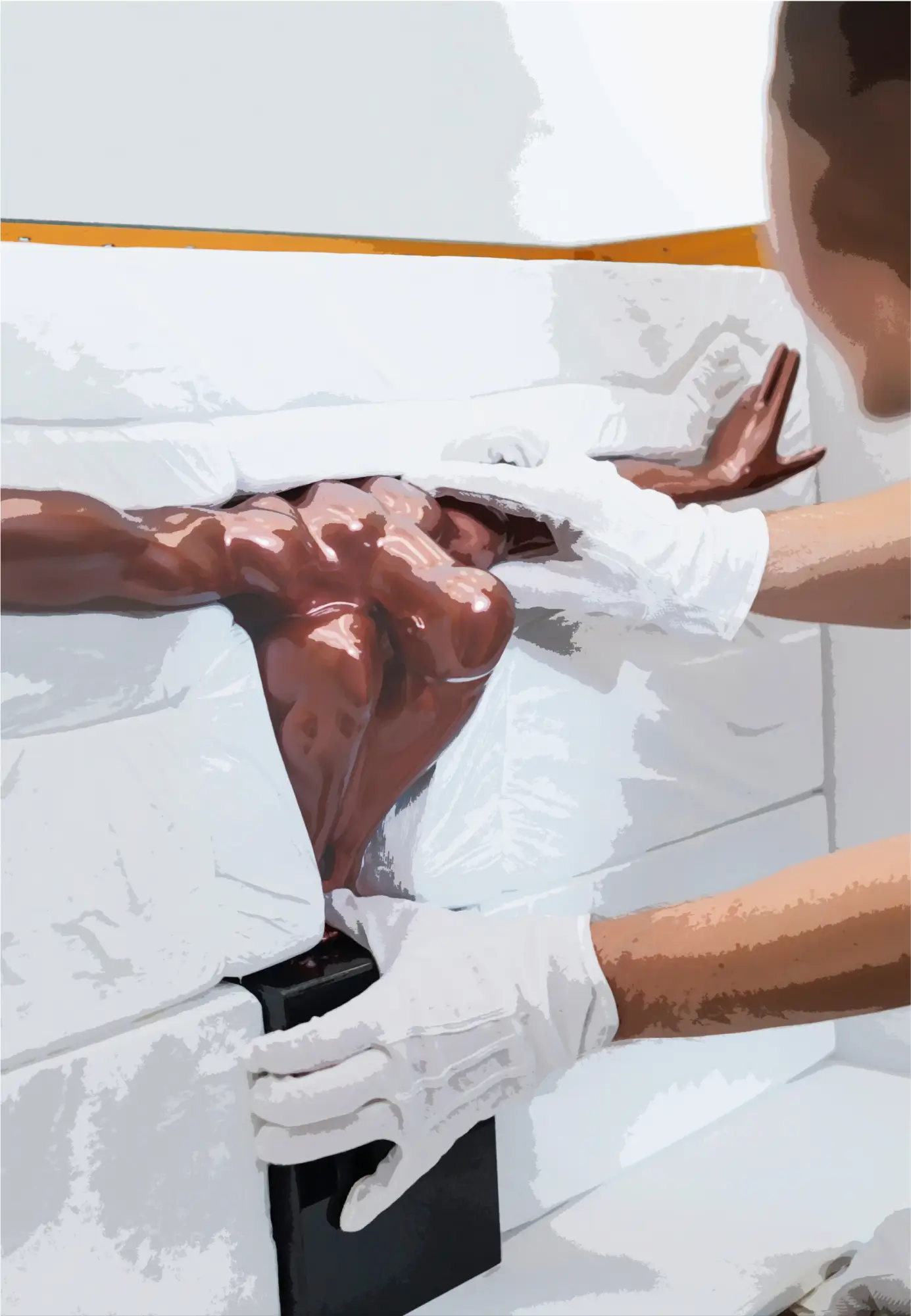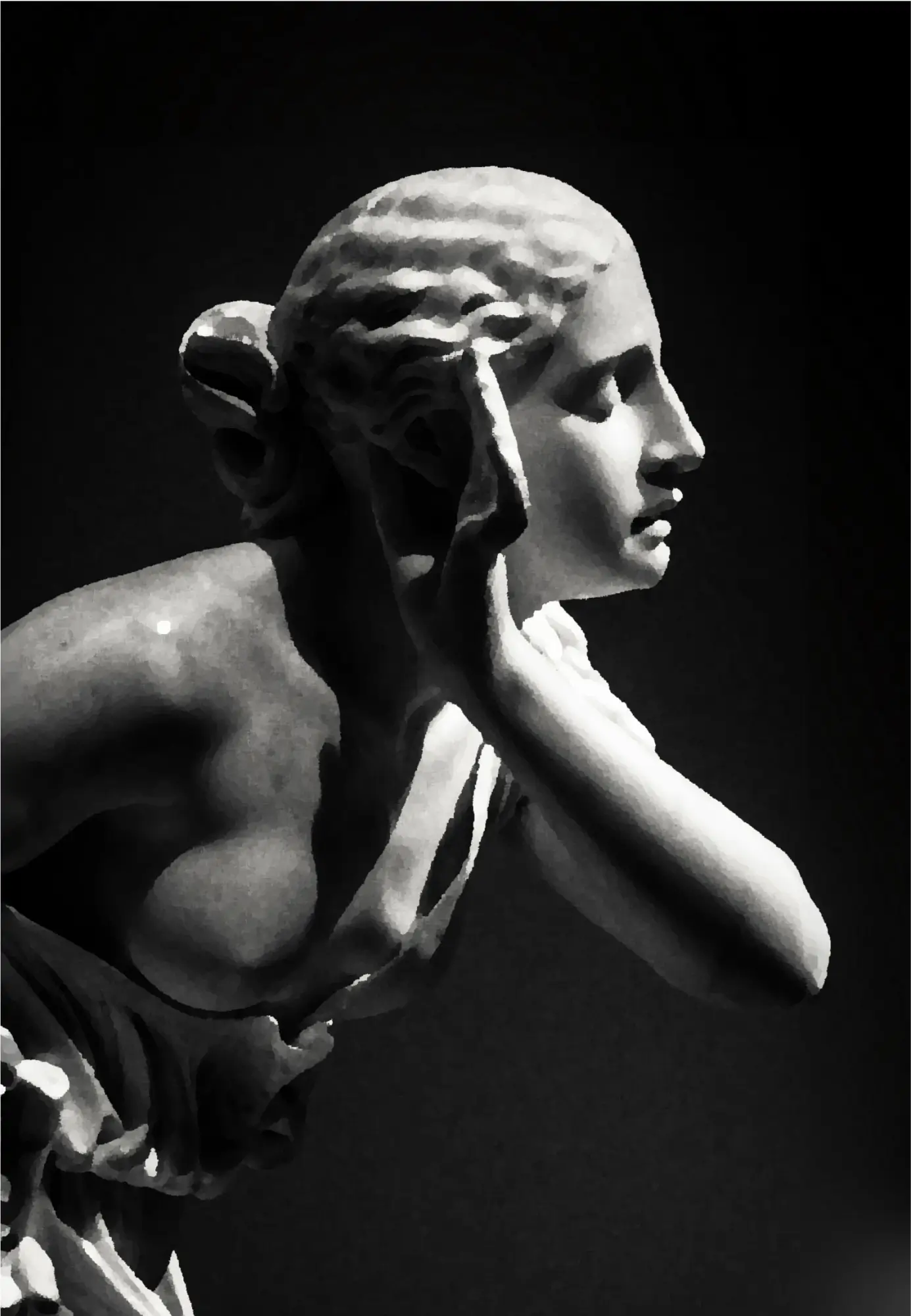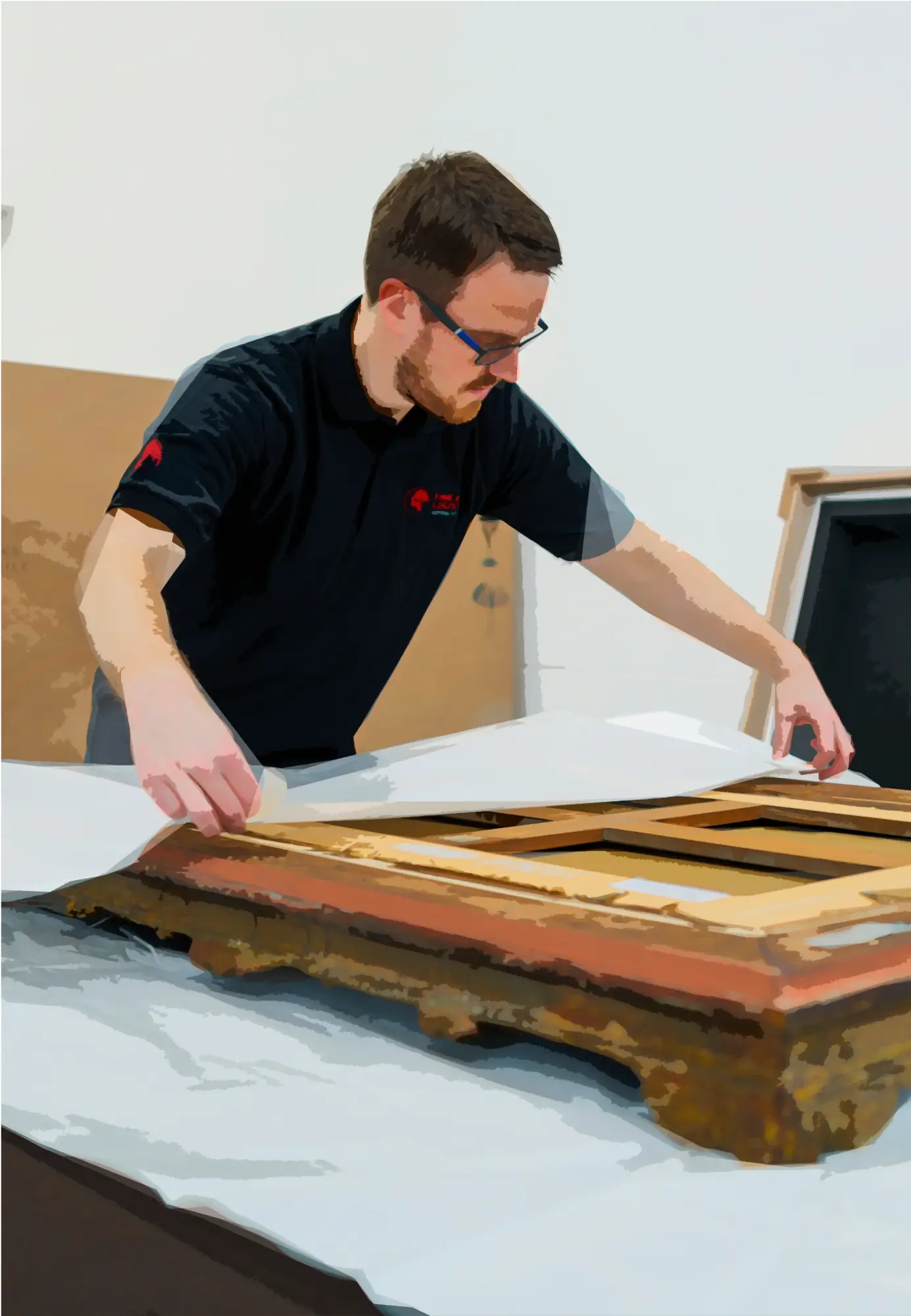Barely two more months to go before the end of the transition period, when the United Kingdom and the European Union part ways for good after 47 years. In these uncertain times of COVID-19, lockdowns and economic downturns, the art market and art collectors especially in Europe will face a new reality that will require some adaptation.
Prepared & ready
First things first, ask yourself if you are prepared for Brexit. You can read up on our recommendations in our article here for some pointers or get in touch with us if you need bespoke advice.
Your main point of concern should be artworks in free circulation (i.e. VAT paid) that are currently in the UK and supposed to stay there until after January 1st. Bringing them back to the EU in 2021 will require an export declaration in the UK as well as an import declaration in the EU. This also means that in most cases you will need to pay import VAT on the value of the artwork again. It would theoretically be possible to treat these cases as returning goods, like artworks returning from exhibition outside the EU. But since no customs document was issued when the artwork was transferred to the UK when it was still part of the EU, this possibility depends solely on the discretion of your local customs administration.
To be on the safe side, we strongly advise to bring any artworks in free circulation back to the EU before the end of the year. Why not get in touch with us to get a great rate for storage at the Luxembourg High Security Hub in Luxembourg?
VAT & free circulation
Few art collectors like to pay VAT. However, it comes with one great advantage in the EU – free circulation. This means that art bought including VAT anywhere in the EU is free to travel to any other EU country. As from January 1st, 2020, this will not be the case anymore for art bought in the UK. For some EU collectors, for example those that shy away from too many formalities, this might mean that buying art in London will not be an option in the future. Other cities in Europe could benefit from this, especially Paris with its well-established ecosystem of galleries, art dealers and the major auction houses Christie’s and Sotheby’s.
Changes to import VAT
For those art collectors in the EU that continue to buy in London, the fact that the UK will leave the Customs Union brings along major changes but also new opportunities to reduce their VAT burden.
Let us start with something obvious: Savvy art buyers should note that they will no longer be able to import art into the EU in London at what is currently Europe’s lowest import VAT rate of 5%. If you want to avoid shipping your artwork to island nations such as Malta (5%) or Cyprus (5%), the next lowest rate for importing art is 5.5% in France. Keep in mind that your artwork needs to physically be in the chosen member state to benefit from its respective VAT rate. Therefore, island in the Mediterranean, even with their very favorable tax regimes, most likely are not a great solution.
You can however use this to your advantage to lower or even offset any VAT on purchases made in the UK after Brexit. Any purchase in the UK that is exported to the EU after January 1st benefits from the so-called “zero rating” of VAT, which means you pay 0% VAT on the purchase. After the transfer, you can use bonded storage, such as LE FREEPORT, to benefit from an unlimited suspension of VAT. If you would rather import the artwork, you will only pay a reduced import VAT rate compared to the normal rates of VAT in most countries in the EU.
Transactions under the margin scheme
Many art purchases are taxed according to the margin scheme. Put simply this enables the seller of “used” goods to only pay VAT on the profit they make between their purchasing price and the final selling price. Goods currently bought in the EU under the margin scheme are treated as “VAT paid” and therefore benefit from free circulation.
As discussed above, this will not be the case anymore for art bought in the UK after Brexit. In case you decide to export an artwork bought in the UK to Europe, it will be important to insist that the seller applies the normal taxation scheme. Your purchase will be VAT-exempt in the UK. The selling price should also be lower than under the margin scheme, as the seller will not have to collect VAT on the sale. In any case it does not hurt to ask for a discount, especially if you have not started negotiations on the price yet.
Goodbye Switzerland
The UK leaving the EU has another major benefit for European art collectors looking to reduce their tax burden and overall costs. As for exports from the UK to the EU, an artwork sold in the EU that is exported to a non-EU country is taxed at 0%. Currently the only non-EU country in continental Europe is Switzerland. Swiss companies like the Geneva Freeport benefit greatly from this unique selling point and charge accordingly for the privilege to use their services. After all, your only real alternative is an expensive transport by air to the US or Asia, which is not necessarily a great solution for European art collectors.
After January 1st, art collectors can also choose the UK as export destination for their newly bought artwork. The customs formalities and requirements are the same as for exporting to Switzerland, but it is fair to assume that the UK will be much more competitive on price. Given the high number of fine art shippers and storage spaces in the UK with a significantly lower cost of labor than in Switzerland, the UK will prove to be an attractive non-EU alternative to Switzerland for art collectors after Brexit.
Next steps
If you would like to discuss how Fine Art Logistics Natural Le Coultre can help you manage your artworks that are currently still in the UK or how best to take advantage of the new situation in 2021 you can contact us directly. We are also happy to provide you with our excellent storage solutions at the Luxembourg High Security Hub for any artworks you need to remove from the UK before January at very competitive rates.





